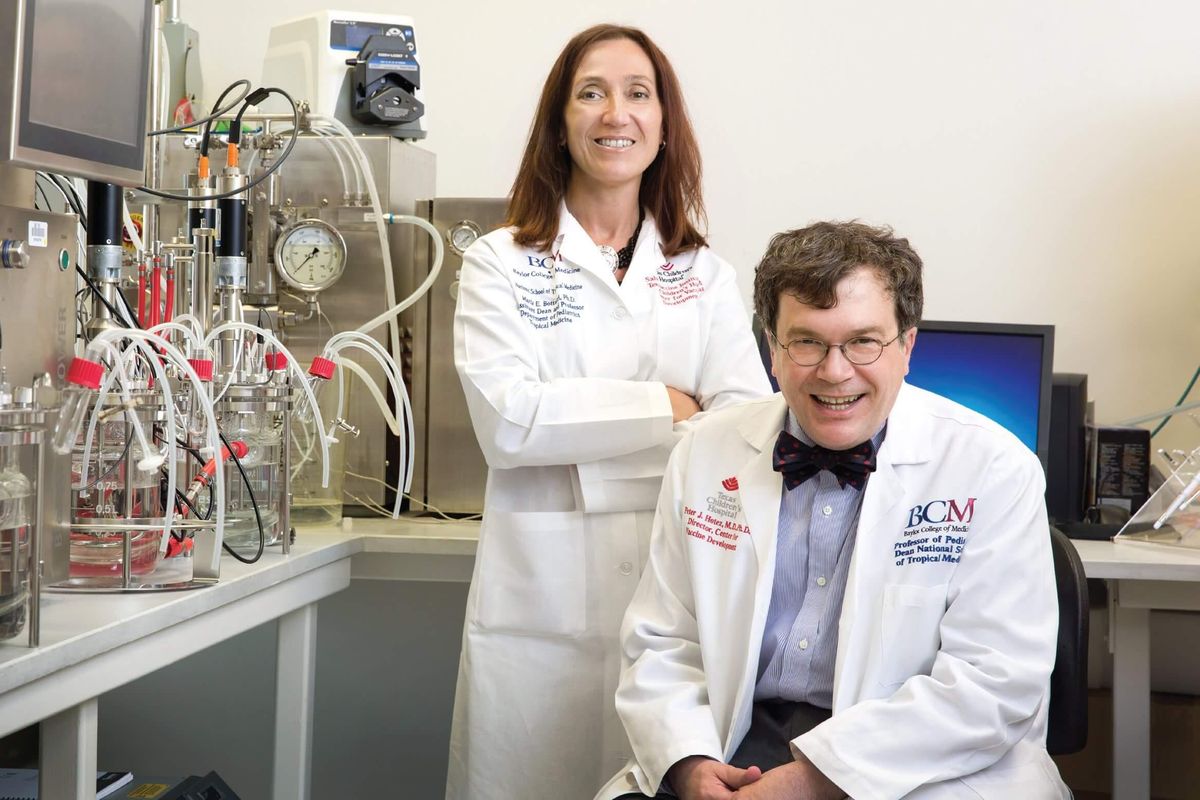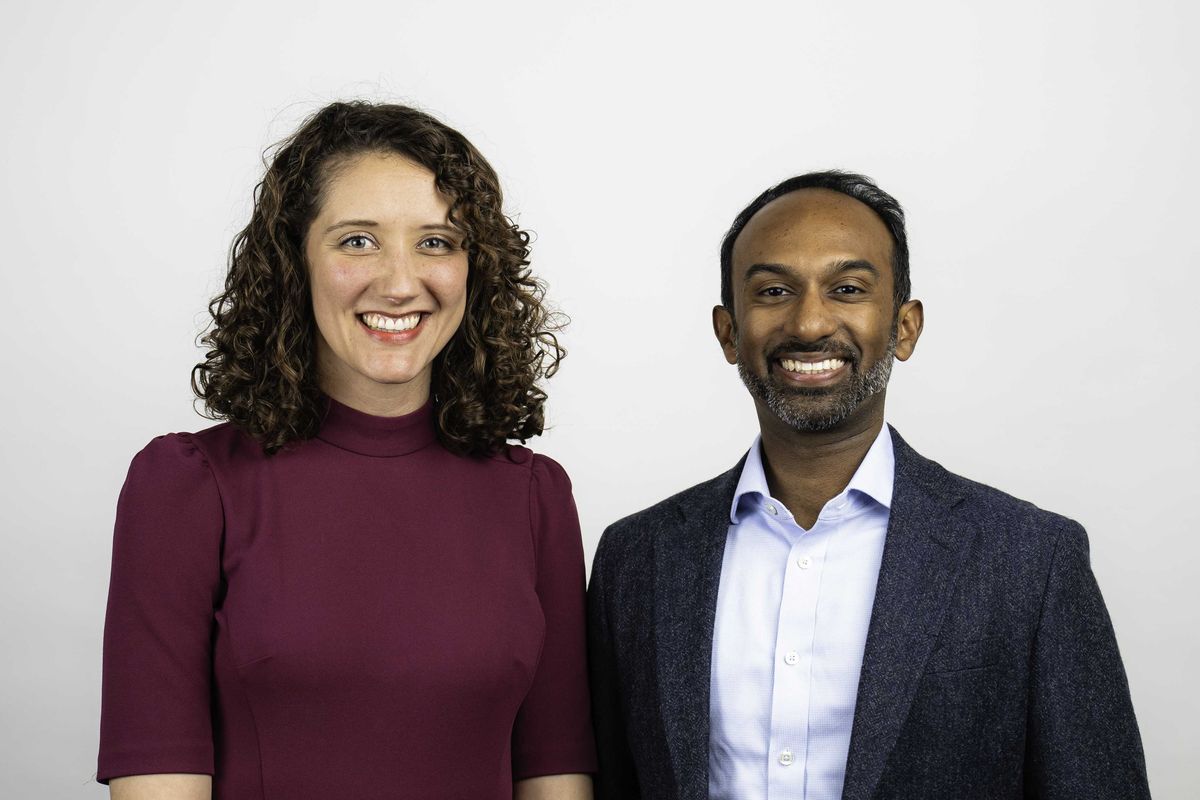Historic Houston Farmers Market officially breaks ground on transformation project
Seeds planted
The massive effort to transform the Houston Farmers Market into one of the city's leading culinary attractions finally has a timeline. MLB Capital Partners, the local investment firm that purchased the almost 18-acre tract at the corner of Airline Drive and 610 in 2017, broke ground on the project Tuesday, August 6, with a goal of completing the work by late 2020.
"As the country's fourth-largest city and leading culinary capital, Houston is long overdue for a world-class market," said MLB Capital Partners managing principal Todd Mason in a statement. "We are thrilled to reinvigorate this local landmark into an experiential destination for both Houstonians and visitors to enjoy."
MLB's changes to the property will include "new climate-controlled spaces, shaded open-air market areas, restrooms, and common seating areas," according to a release. Better traffic flow and expanded parking areas will separate commercial traffic from pedestrians, and expanded facilities will accommodate a host of new merchants and food vendors. The market will remain open during the renovations.
James Beard Award-winning chef Chris Shepherd is serving as a culinary consultant on the project and will open a new concept at the market, which shouldn't come as a surprising considering Mason is also Shepherd's partner in Underbelly Hospitality. Other participants in the project include landscape architecture firm Clark Condon Associates, Studio RED Architects, Houston-based consulting firm Gunda Corporation, and Arch-Con Construction.
"We'll be doing something here," Shepherd tells CultureMap. "As far as what that is, I've narrowed it down to about 50 things."
Shepherd is also working with Mason to identify the vendors that will occupy the market's new stalls. While some have expressed concerns about the market losing its character, Mason told CultureMap in 2017 that he wants to preserve what people like about the market while enhancing the overall experience.
"When you really start talking to people about what they like, what they like is there's a lot of different cultures and there are things you can get and see there that you can't get anywhere else," Mason said. "We'll keep those tenants. I don't think we'll have to charge them much if any more rent. We'll still have an open air market with vendors selling directly to you. All of that experience will still be there, but it will be a cleaner, safer environment."
For his part, Shepherd sees the project as a positive development.
"I think it's amazing what's going on," he says. "I think, 10 years from now, you're going to look back and be like this was the moment where we changed the city a little bit . . . It is one of those defining things that will bring a lot of tourism over here."
------
This story originally appeared on CultureMap.
























